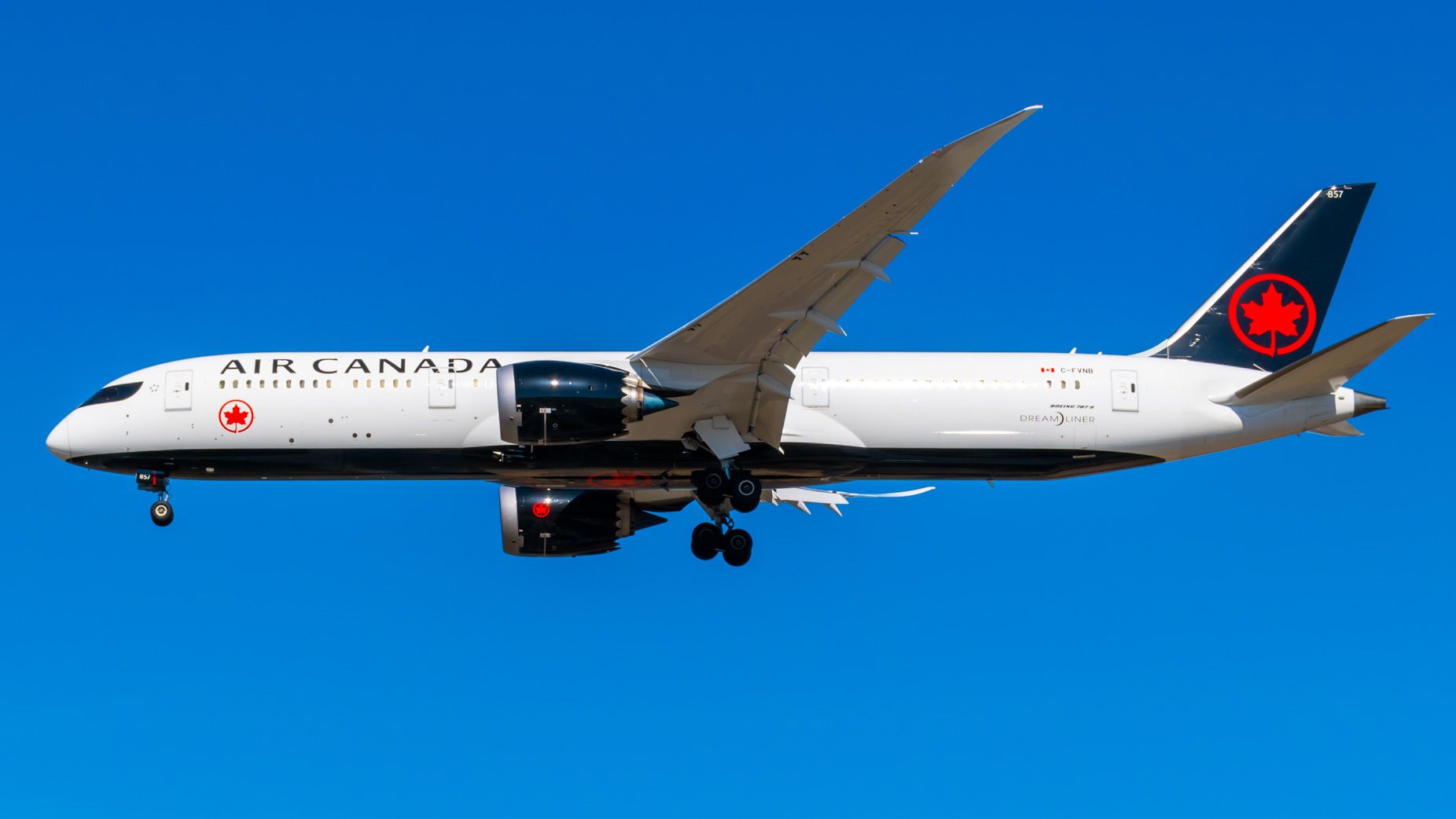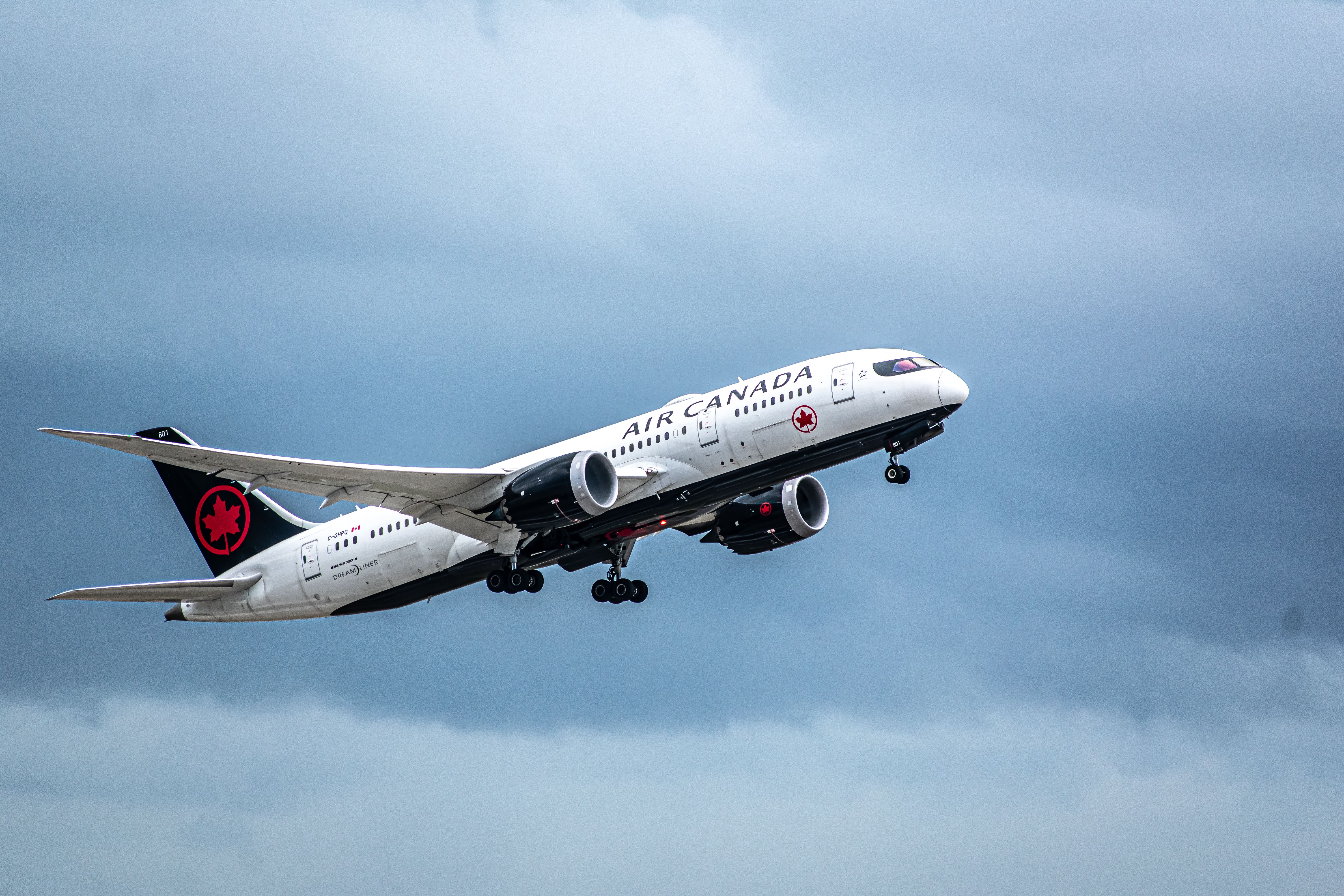Air Canada issued its first report aligned with the Task Force on Climate-related Financial Disclosures (TCFD) in its latest move to prove itself as a greener airline. Similar to a strategic audit, the TCFD was created by the Financial Stability Board to provide information to investors about what Air Canada is doing to mitigate the risks of climate change; it encourages transparency about how the flag carrier is governed.
Considering not many airlines have yet to start on their TCFD report. Michael Rousseau, President and Chief Executive Officer at Air Canada, emphasized:
"We are proud and pleased to release our first TCFD-aligned report, reinforcing Air Canada's long-standing commitment to transparency on Environmental, Social, and Governance (ESG) matters. All while underscoring our ongoing work towards achieving our long-term goal of net-zero greenhouse gas (GHG) emissions globally by 2050."
The Star Alliance member airline's TCFD report will address its governance structure, strategies, and risk management. This report complements Air Canada's annual Climate Disclosure Project (CDP) and corporate sustainability reports (Citizens of the World). Since 2019, Air Canada has also been reporting to Transport Canada concerning the ICAO Carbon Offsetting and Reduction Scheme for International Aviation (CORSIA), which applies to certain international flights and aims to achieve the aviation industry's carbon-neutral growth target.
Rousseau went on to say:
"Our objective is to provide investors and other stakeholders the necessary information to evaluate climate impacts and performance properly. This will also support our business development as we work to decarbonize and transform our industry with positive changes to help protect our planet for our employees, customers, and communities, now and well into the future."
What's in Air Canada's TCFD?
Governance
While Air Canada has an executive board of directors similar to any company, the airline also has an Environmental Affairs department that identifies, monitors, and assesses climate-related risks and opportunities. Identified risks and opportunities are reviewed quarterly for potential mitigation strategies advised by the airline's Corporate Environmental Board (CEB).
Air Canada's CEB is headed by Rousseau, alongside several business unit heads, and is sometimes joined by members from other departments within the airline. The CEB meets quarterly with Air Canada’s Environmental Affairs department members to review potential environmental risks and opportunities, progress on initiatives, and to discuss future directions for the Company. Progress on key topics and initiatives is reported to the Board's Safety, Health, Environment, and Security Committee.
Overall, the strategies advised would have to ensure Air Canada's climate goals are met, which includes a long-term goal of net-zero emissions by 2050. The Canadian carrier has also retained its interim targets, including 20% emission reductions from air operations compared to 2019 by 2030, 30% emission reductions from ground operations within the same baseline period, and a commitment to invest up to $50 million in Sustainable Aviation Fuels (SAF) and carbon reduction and removal development by 2030.
Strategies
In Canada, airlines are subjected to provincial and federal carbon pricing mechanisms and related initiatives, which are considered financial risks that airlines aim to reduce alongside their carbon emissions. For Air Canada, the economic impact of its carbon emissions due to the pricing mechanisms in 2021 amounted to $4,719,697. And as pricing mechanisms become costlier, alongside soaring jet fuel prices, the airline is currently working on four strategies to minimize its carbon emissions:
- Fleet and Operations: Air Canada has been gradually renewing its fleet with more fuel-efficient aircraft, such as permanently retiring the Airbus A319, Embraer 190, and the Boeing 767. The airline also recently announced the acquisition of 30 Airbus A321XLR aircraft, with deliveries beginning in 2024. Concerning ground operations, approximately 42.8% of its ground vehicles are powered through electricity.
- Technology and Innovation: The Canadian carrier has been looking into current hydrogen, electric, and hybrid aircraft technologies but is yet to invest due to the long-term results and not being achievable for its mid-term targets.
- SAF and Clean Energy: As a founding member of the Canadian Council for SAF (C-SAF), Air Canada has long been supporting the development of SAF in Canada and has already invested $50 million in acquiring SAF. The airline has also been looking into biogas, renewable electricity, and other means of energy transitions for its operations.
- Carbon Reductions and Removals: The airline was one of the first few Canadian carriers to allow passengers to offset their emissions through contributions to selected offset projects. And in October 2021, Air Canada launched the Leave Less Travel Program, which offers corporate customers the opportunity to offset all or part of their air business travel with SAF, carbon offsets, or a combination of both.
Risk management
In the final part of its TCFD report, Air Canada highlighted several risks of climate-related practices, including transitional risks that factor in the market's response. The pandemic saw an increase in remote-work practices, which led to a general decline in corporate travel even during post-pandemic recovery, and an interesting interest in sourcing airlines with more sustainable practices.
Air Canada realized that embracing carbon reduction could have a positive impact on air travel. This risk paired perfectly with the airline's risk assessment on reputation, which highlighted that any perceived climate inaction by Air Canada might adversely impact its reputation and lead passengers to seek alternative providers or means of travel.
Discover more of the latest aviation news with Simple Flying.
Bottom line
Besides an accumulation of vast sustainability reports, Air Canada does showcase its actionable efforts in its green commitment and has the results to prove it, having been named as the most improved short-haul operator by IBA earlier last month. The efforts continue as the airline revamps its fleet and the fleet of its newly included Air Canada Cargo, as an order for Boeing 777 freighters was placed to replace the current converted and less fuel-efficient Boeing 767 freighters. Perhaps, in the future, Air Canada might start investing in other initiatives such as electric vertical take-off and landing (eVTOL) aircraft, which seems to be quite the trend lately, or hybrid-hydrogen aircraft.

-Pace.jpeg)


